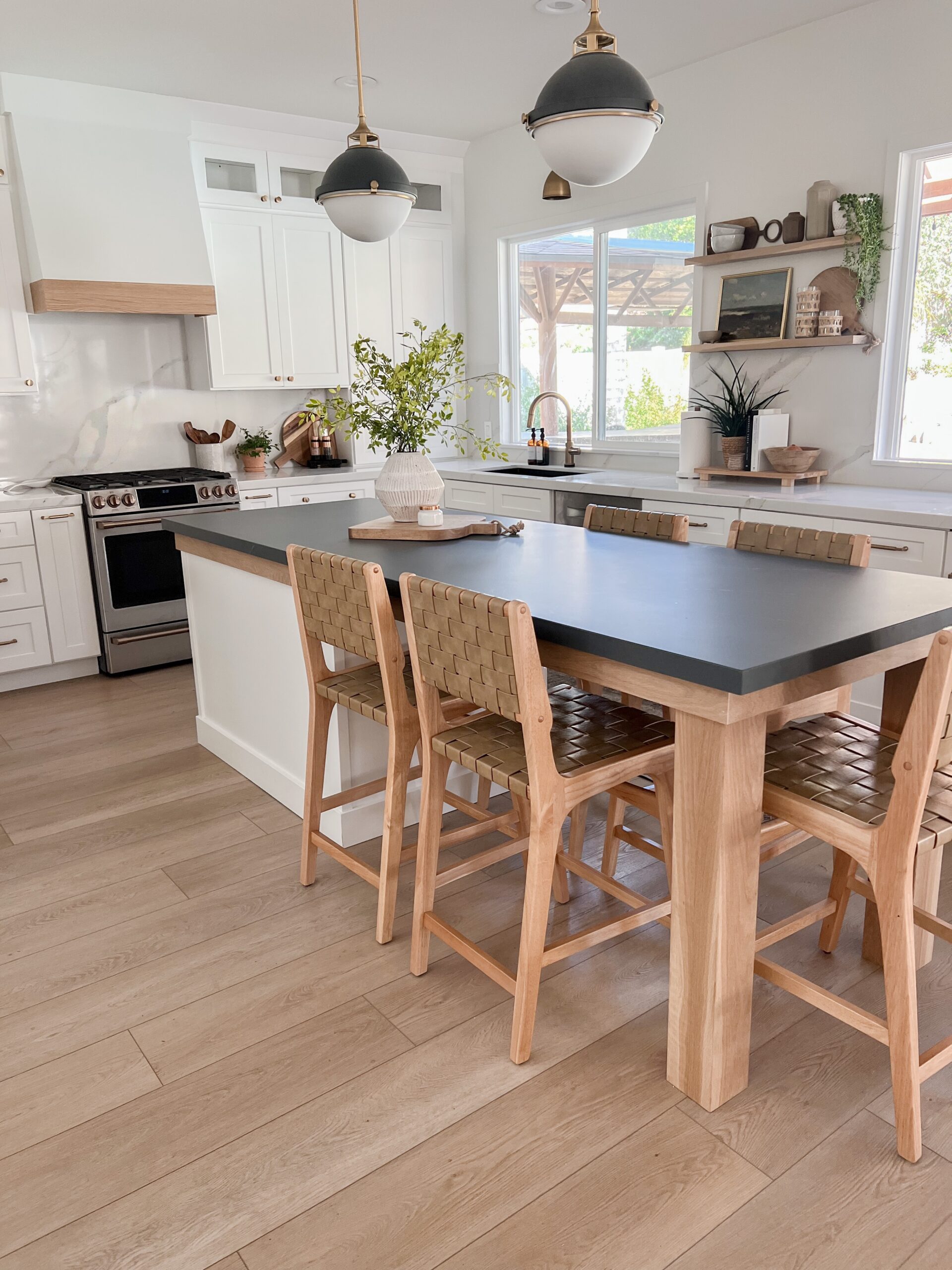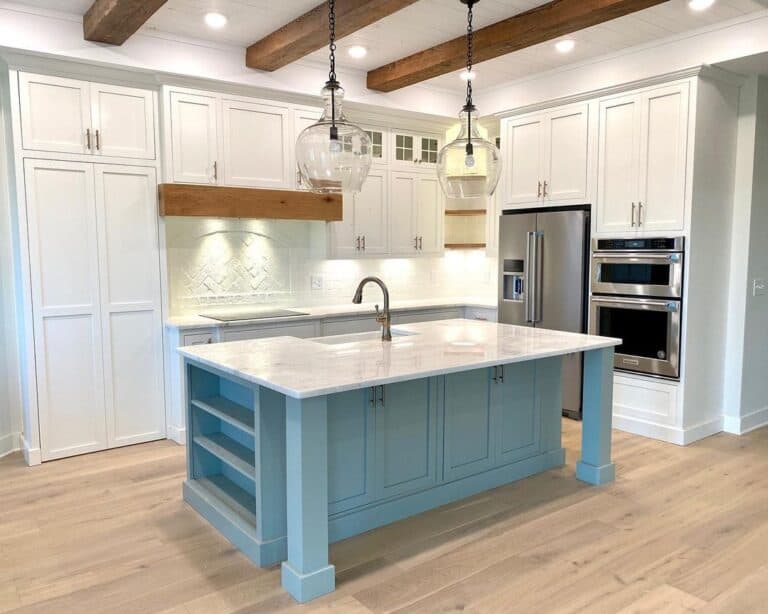Change Any Kitchen Space with Lovely Legs For Kitchen Island Selections
Change Any Kitchen Space with Lovely Legs For Kitchen Island Selections
Blog Article
Vital Elements to Consider When Selecting Legs For Kitchen Island
Choosing the appropriate legs for a kitchen area island involves a cautious assessment of several factors that can substantially affect both performance and visual appeal. As we check out these components, it ends up being clear that each choice can have far-reaching ramifications for the total kitchen experience.
Product Options
When picking legs for a kitchen island, comprehending the numerous material choices is crucial for achieving both visual allure and structural stability (Legs For Kitchen Island). The option of product significantly influences not only the sturdiness of the island but likewise its total design and functionality
Steel legs, often made from stainless steel or wrought iron, add a commercial and modern-day feeling while making sure longevity and security. These products are resistant to use and can support substantial weight, making them perfect for larger islands.
Another alternative is crafted products, like MDF or plywood, which can be a lot more economical while still providing a series of finishes. However, they might not give the exact same level of stability as strong timber or metal. Products such as acrylic or glass can produce a modern appearance, though they might need added support to guarantee stability.
Ultimately, the option of material for kitchen island legs need to line up with the desired capability and the general theme of the cooking area.
Design And Style

When considering style, the shape and finish of the legs are vital. Conical legs can supply a feeling of agility and style, while thicker, extra durable legs can share toughness and security. Furthermore, the surface-- be it painted, discolored, or natural-- ought to complement the cabinetry and countertop materials to create a unified appearance.
In addition, the layout of the legs can additionally mirror individual preference. Custom-made or ornamental legs, such as those featuring elaborate makings or special geometric forms, can work as focal factors, adding character and character to the kitchen area. Eventually, the best option will not just boost performance yet likewise elevate the visual allure, making the kitchen area island a standout function of the home.
Height Considerations
Choosing the proper height for kitchen area island legs is crucial, as it directly influences both functionality and convenience. The standard elevation for a cooking area island usually varies from 36 to 42 inches, aligning with typical kitchen counter heights.

It is also important to make up individuals' heights and choices. Personalizing the height can make certain a comfy experience for all family participants, making the kitchen area island a more useful and satisfying space.
Weight Assistance
Guaranteeing adequate weight assistance for kitchen island legs is crucial for both safety and capability. The kitchen area island often offers multiple functions, consisting of food preparation, eating, and extra storage space, necessitating a durable support structure. When picking legs, it is important to take into consideration the general weight ability needed based upon the island's intended usage and the materials that will be positioned on it.
The choice of product for the legs plays a substantial role in their weight-bearing capacities. Solid wood, steel, and heavy-duty composites usually offer remarkable toughness compared to lighter materials. In addition, the design of the legs-- whether they are directly, tapered, or have a pedestal kind-- can influence their capability to disperse weight effectively throughout the framework.
Always seek advice from the maker's specs relating to tons limitations to guarantee that the legs can maintain the intended weight without compromising safety. In recap, picking cooking area island legs with appropriate weight support is vital for producing a safe and functional cooking area.
Installation and Upkeep
Correct setup and maintenance of kitchen island legs are critical for making certain long life and stability. To begin, it is important to adhere to the maker's guidelines throughout setup. This typically involves safeguarding the legs to the space station using appropriate fasteners, making certain that the legs are degree and aligned. Making use of a level tool can assist avoid tottering and improve the overall visual appeal of the cooking area island.
When mounted, routine upkeep is necessary to maintain the integrity and appearance of the legs - Legs For Kitchen Island. For wood legs, periodic cleansing with a wet cloth and application of appropriate timber polish can stop moisture damage and keep their finish. Metal legs might call for a gentle cleaning option to get rid you could look here of grease and gunk, adhered to by a dry fabric to protect against rust formation
Additionally, check the legs regularly for signs of wear or damage, such as cracks or loose joints. Tightening screws or bolts as needed can likewise extend the life expectancy of the legs. By sticking to these setup and upkeep methods, home owners can make certain that their cooking area island continues to be tough and aesthetically appealing for several years ahead.
Verdict

Visual coherence is critical in picking the design and design of legs for a kitchen island, as these aspects substantially influence the overall ambiance of the area. Conical legs can give a feeling of agility and elegance, while thicker, much more robust legs can communicate stamina and security.Picking the ideal height official site for kitchen area island legs is vital, as it straight influences both capability and convenience. In recap, picking cooking area island legs with adequate weight support is essential for creating a functional and safe culinary room.
In verdict, selecting legs for a kitchen area island requires cautious consideration of various variables, consisting of product choices, style, height, weight support, and installment.
Report this page